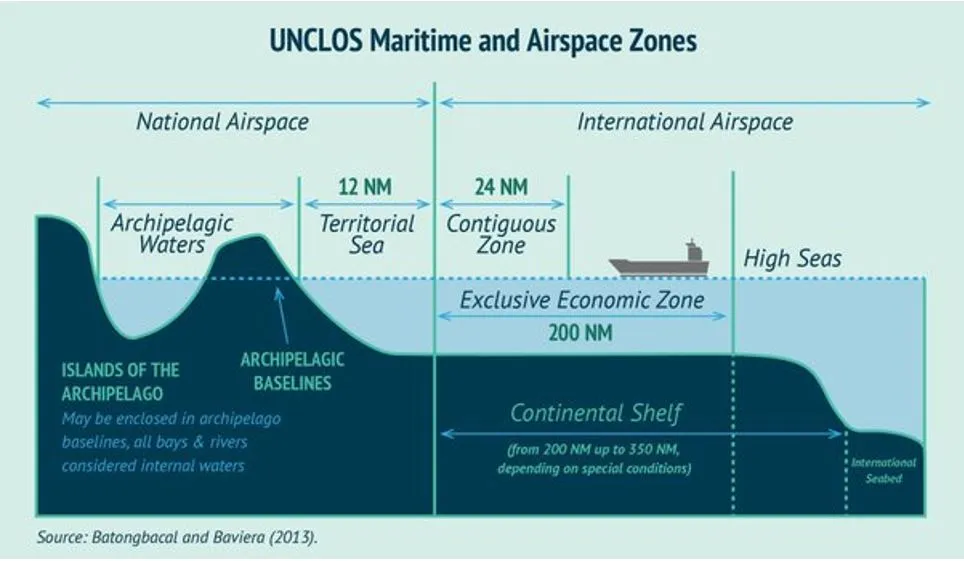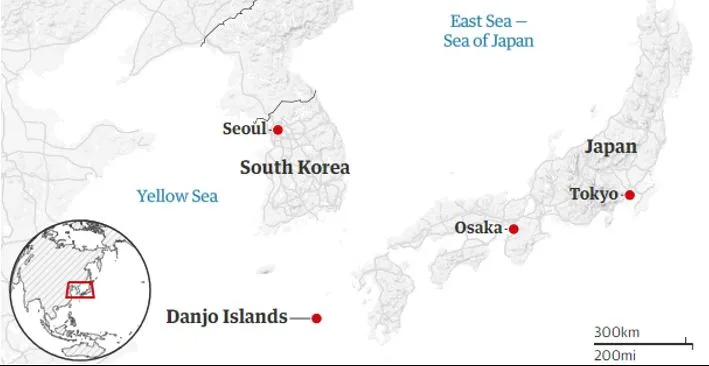

27th August 2024 (13 Topics)
Context
Recent developments in the East China Sea have heightened tensions between Japan and China. Japan has reported an unprecedented violation of its airspace by a Chinese military aircraft, specifically a Y-9 surveillance plane. This incident follows a pattern of maritime provocations by Chinese vessels near disputed islands (Danjo Islands).
Current Issues between Japan and China
- Airspace Incursion: The violation occurred when the Chinese Y-9 aircraft breached Japanese airspace near the Danjo Islands for approximately two minutes. This is noted as the first confirmed incursion by a Chinese military aircraft into Japanese airspace.
- Maritime Provocations: The incident is part of a broader pattern of tensions. Chinese vessels frequently enter waters near the Senkaku Islands, which are administered by Japan but claimed by China as
Rules Pertaining to International Airspace
- Airspace above national territories is considered sovereign, meaning that incursions by foreign military aircraft without permission are deemed violations of national sovereignty.
- Countries have exclusive rights to control and defend the airspace over their territory. Unauthorized entry by military aircraft into this airspace is typically regarded as a serious breach of international norms.
- International airspace rules are governed by the Convention on International Civil Aviation (ICAO) and the International Civil Aviation Organization.
- The Chicago Convention of 1944 marked a pivotal moment, establishing modern aviation law.
- It was signed on December 7, 1944, by 54 nations, and became effective from April 4, 1947.
- Key Features:
- Full Sovereignty: Article 1 of the Convention, with regards to sovereignty of Airspacestates that ‘every State has complete and exclusive sovereignty over the airspace above its territory’.
- The territory of any state includes 12 nautical miles of territorial waters off the coastline. Airspace which is not within any country’s territorial limit is considered as ‘International Airspace’.
- International Air Services: It provides framework for granting traffic rights and operating international flights.
- Air Navigation and Safety: It established the International Civil Aviation Organization (ICAO) to set global aviation standards.
- Search and Rescue: It mandates cooperation in aircraft distress situations.
- Environmental Protection: It emphasizes on sustainable development in aviation.
- Subsequent agreements and practices, like the Warsaw, Geneva, and New York Conventions, have further clarified and supported the principle of airspace sovereignty.

Fact Box: Involved Locations
|
More Articles



